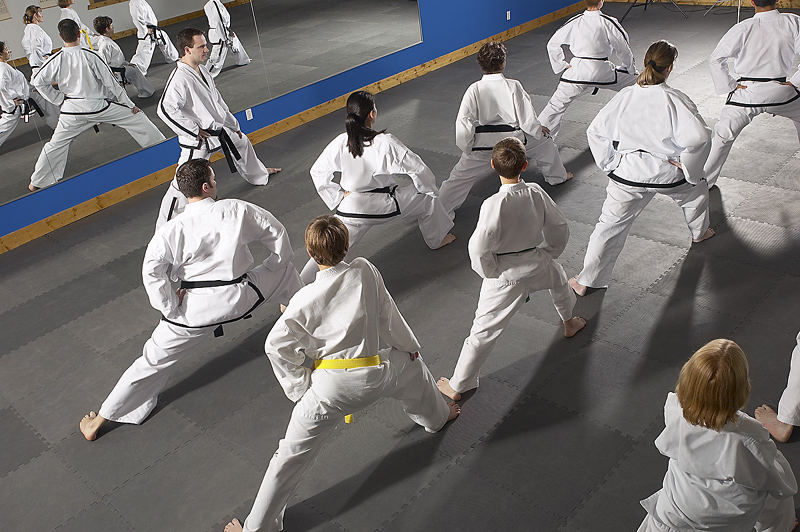
FRIDAY, Feb. 25 (HealthDay News) — Teenagers who live in homes with dogs get a bit more daily exercise than teens without pooches, new research finds.
The study doesn’t prove that dog ownership directly leads to more active kids, but “there does still seem to be some association between owning a dog and adolescent physical activity,” said John Ronald Sirard, an assistant professor of kinesiology at the University of Virginia.
“What’s causing it, we don’t know yet,” he added.
In the big picture, the study fits into wider research looking at equipment in the home that boosts exercise, he said. “We see the dog as one of those pieces of physical equipment,” Sirard explained.
There are, of course, plenty of reasons to own a dog other than to get a teenager to move around more. Some studies have suggested that pet owners are healthier than other people, although research findings have been inconsistent. In terms of dogs in particular, research from Australia has suggested that their adult owners are more physically active than others.
In the new study, published in the March issue of the American Journal of Preventive Medicine, researchers examined a 2006-2008 survey of 618 adolescent/parent pairs in the United States. The teenagers — 49 percent were male and their average age about 14 — wore devices to measure their physical activity.
White and wealthier families were more likely to own dogs. When the researchers adjusted the figures to account for factors that might throw off the results, they found that teens in families without dogs got an average of 29.5 minutes of physical activity a day compared to 32.1 minutes among those with dogs, Sirard said.
“It’s a small difference, but it’s a piece of a larger puzzle,” Sirard said. “Anything we can do to tip the balance in favor of more physical activity is going to be a good thing, even though it’s not the magic bullet.”
However, neither dog owners nor non-owners got enough exercise to meet current guidelines, which suggest an hour of activity a day.
Still, teens with dogs were less sedentary than their peers without a four-legged friend, but it’s unclear what specific role the dog might play. Sirard said it could be that teens walk the family dog or play with it. Or it may just be that families that are more active have more dogs.
Katherine D. Hoerster, a postdoctoral fellow at the VA Puget Sound Healthcare System, who has studied dogs and exercise, said the ultimate goal is to get teens to be more active.
The study is “an important first step” in understanding whether it would be useful to try to encourage dog walking in young people, said Hoerster, who’s familiar with the research findings.
More information
The U.S. National Library of Medicine has more about teens and exercise.

